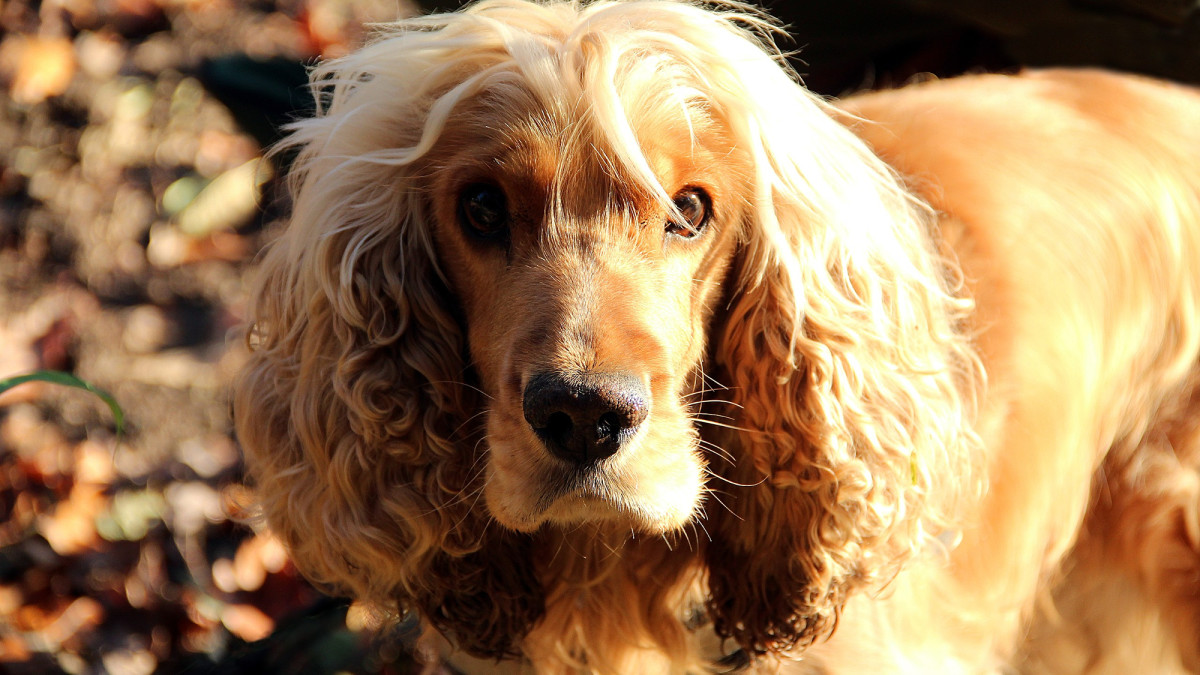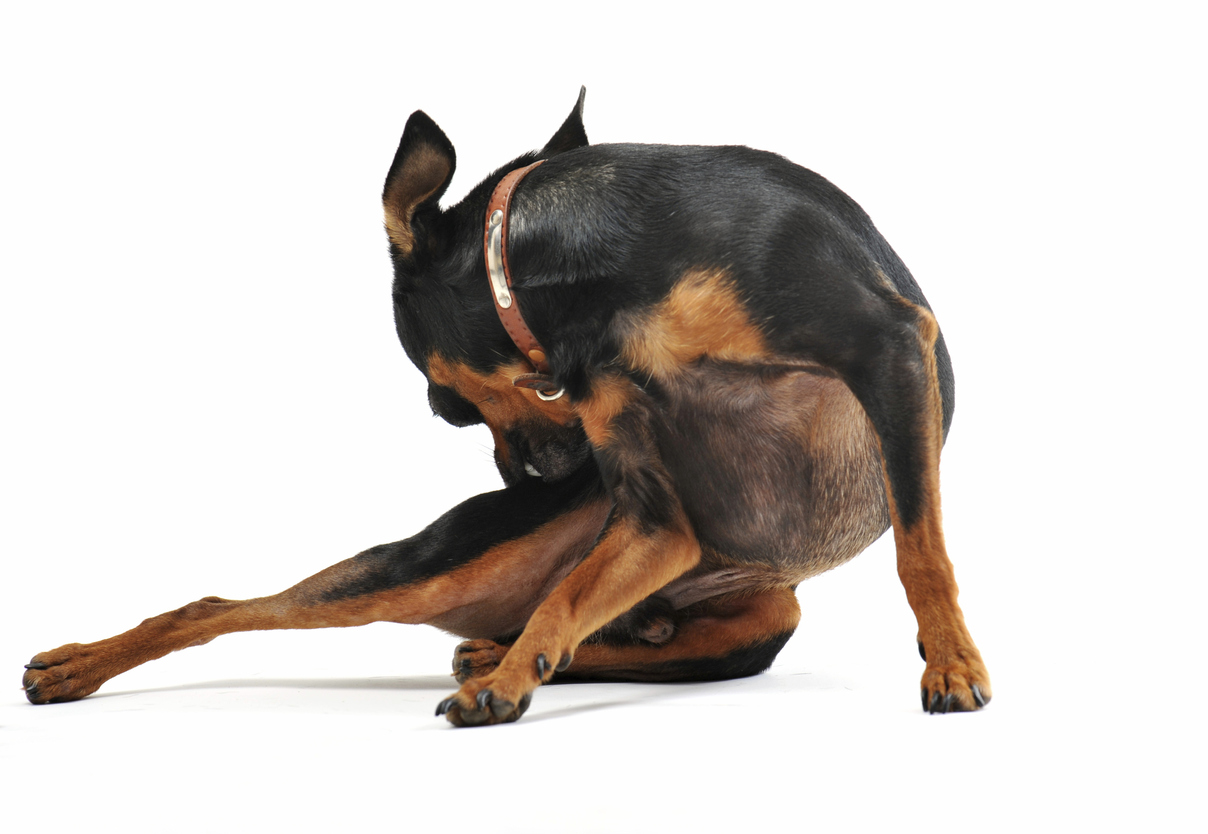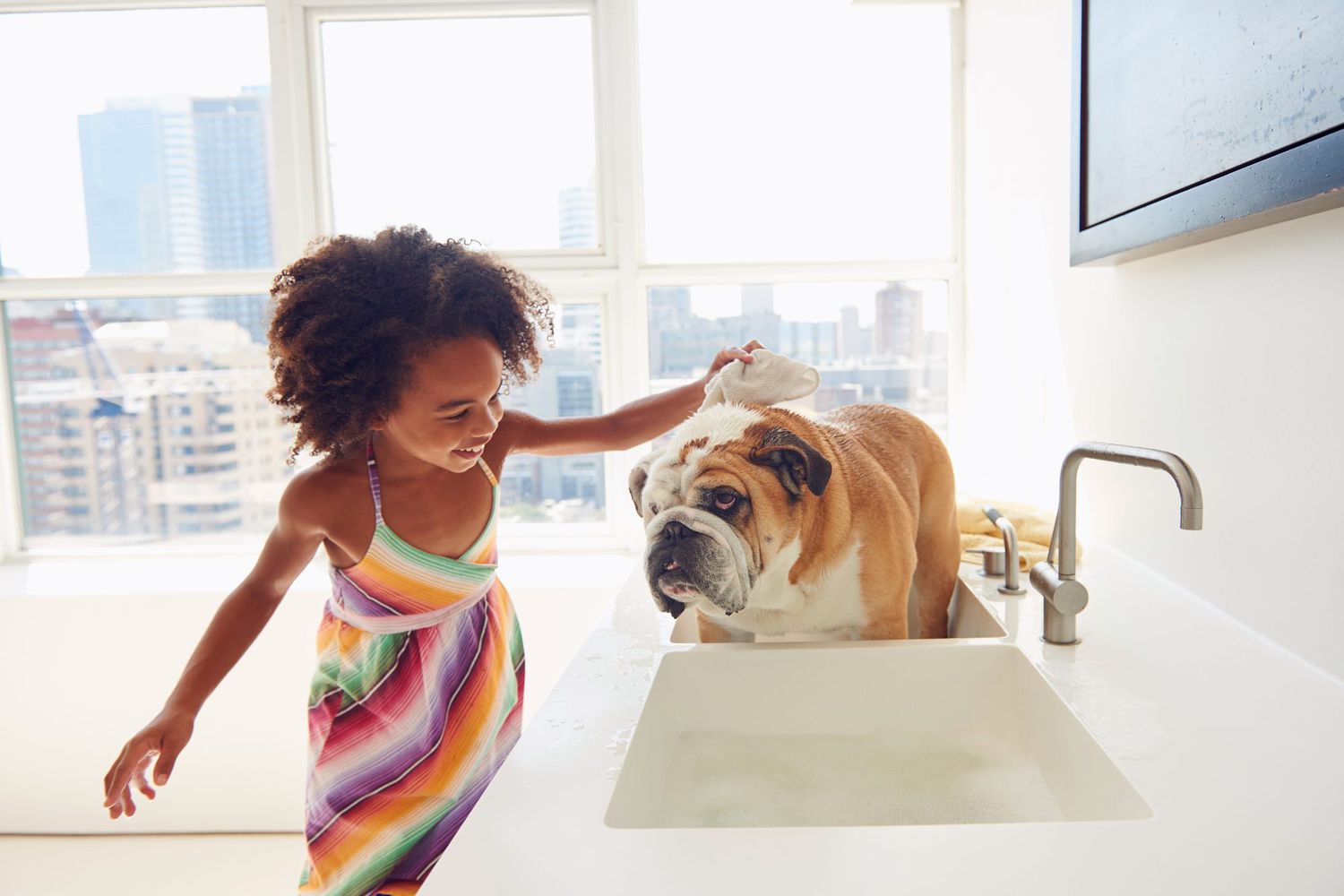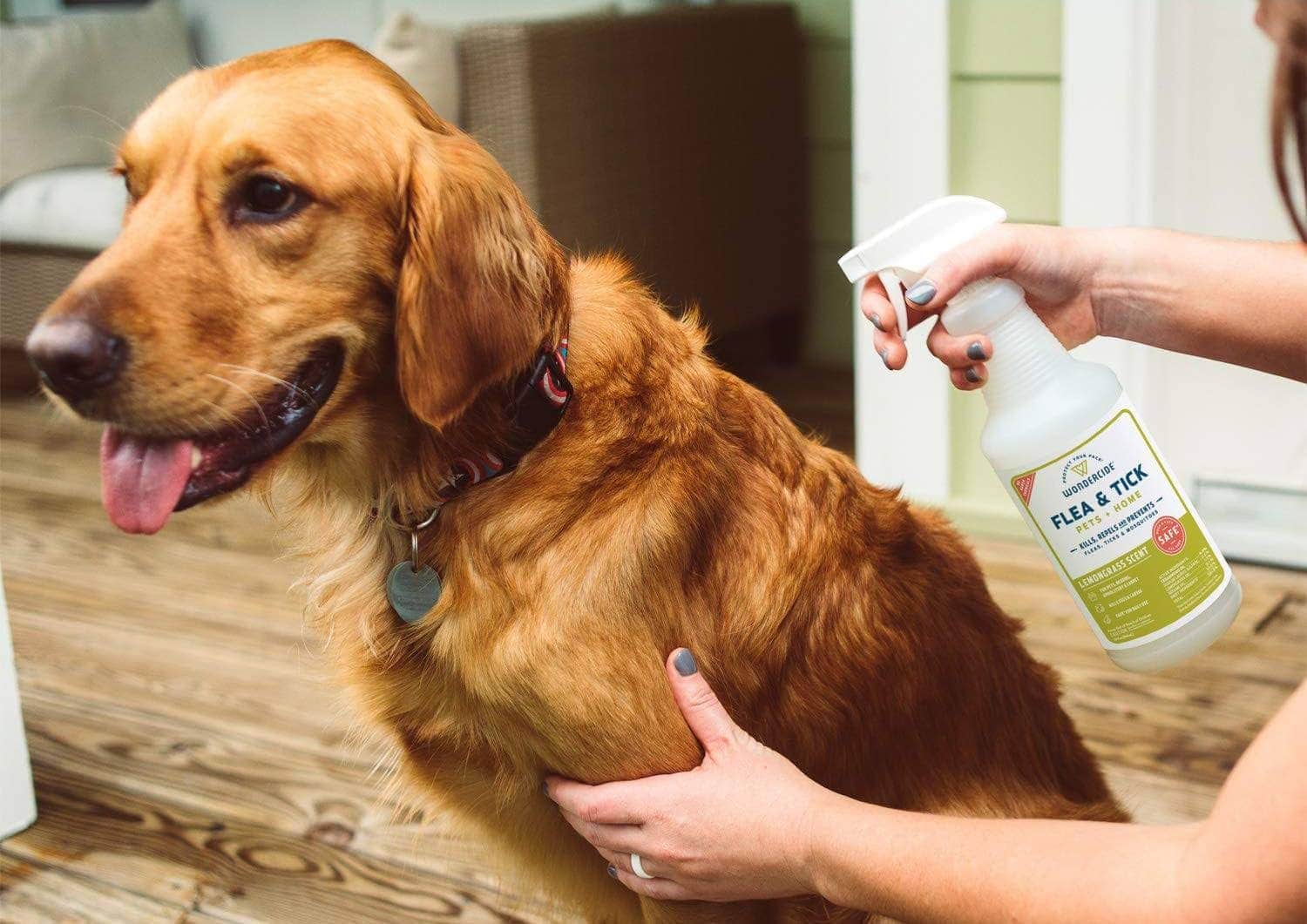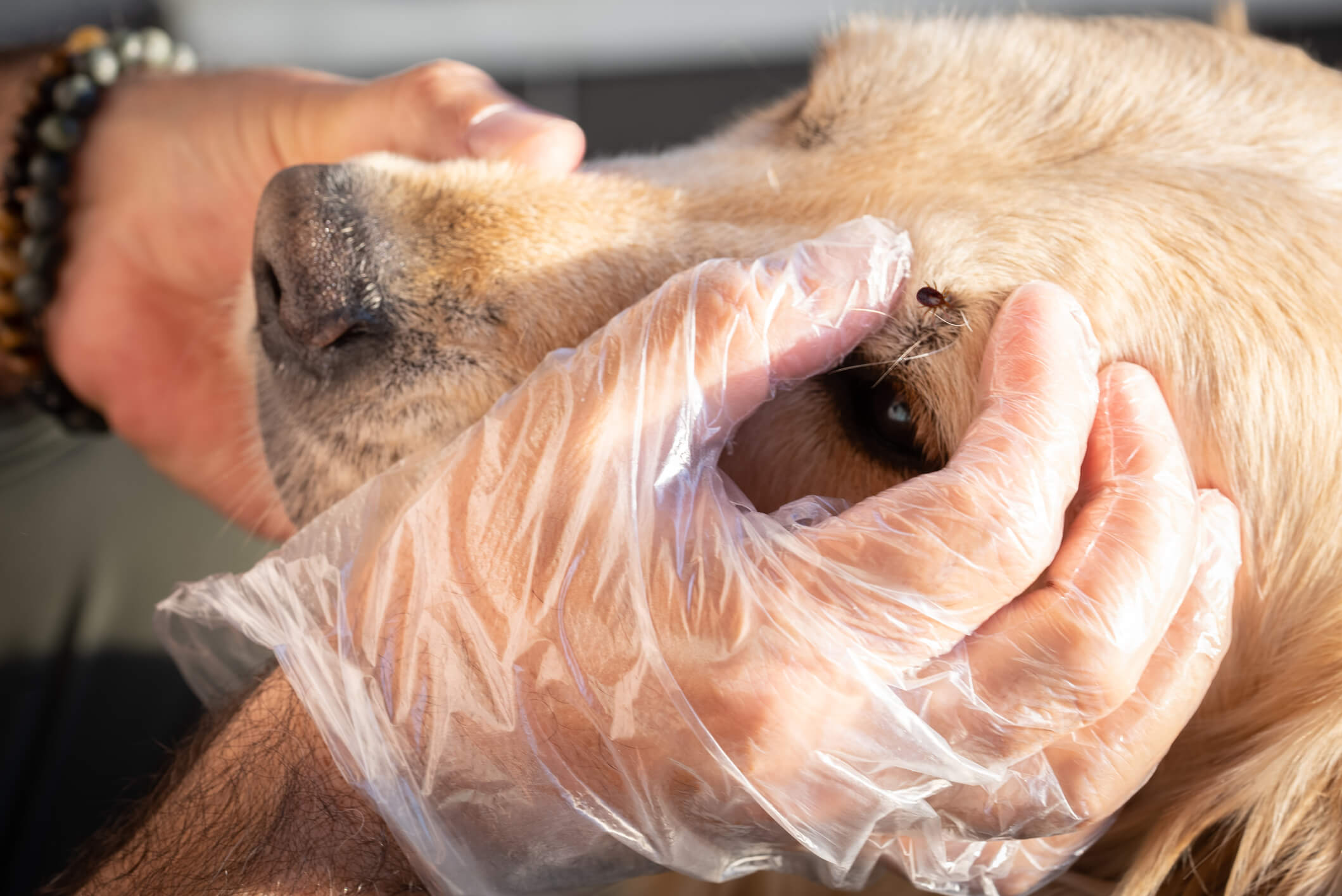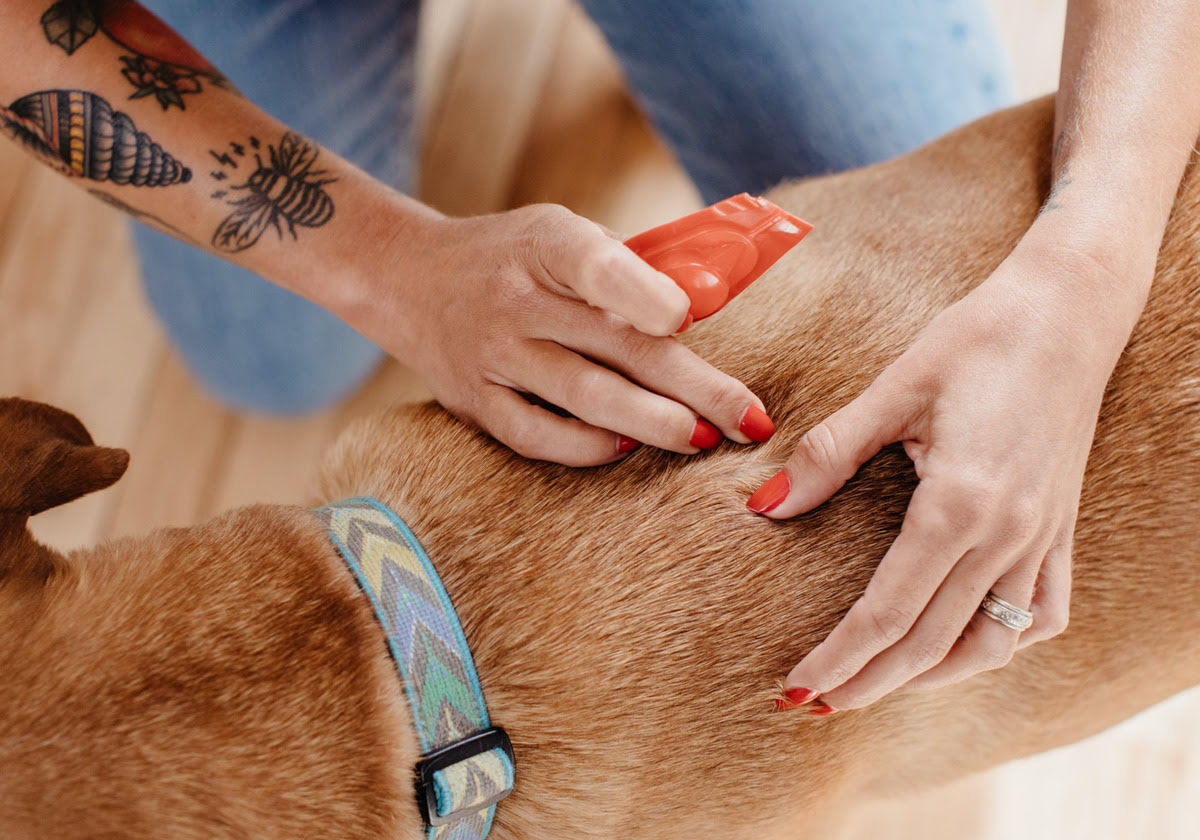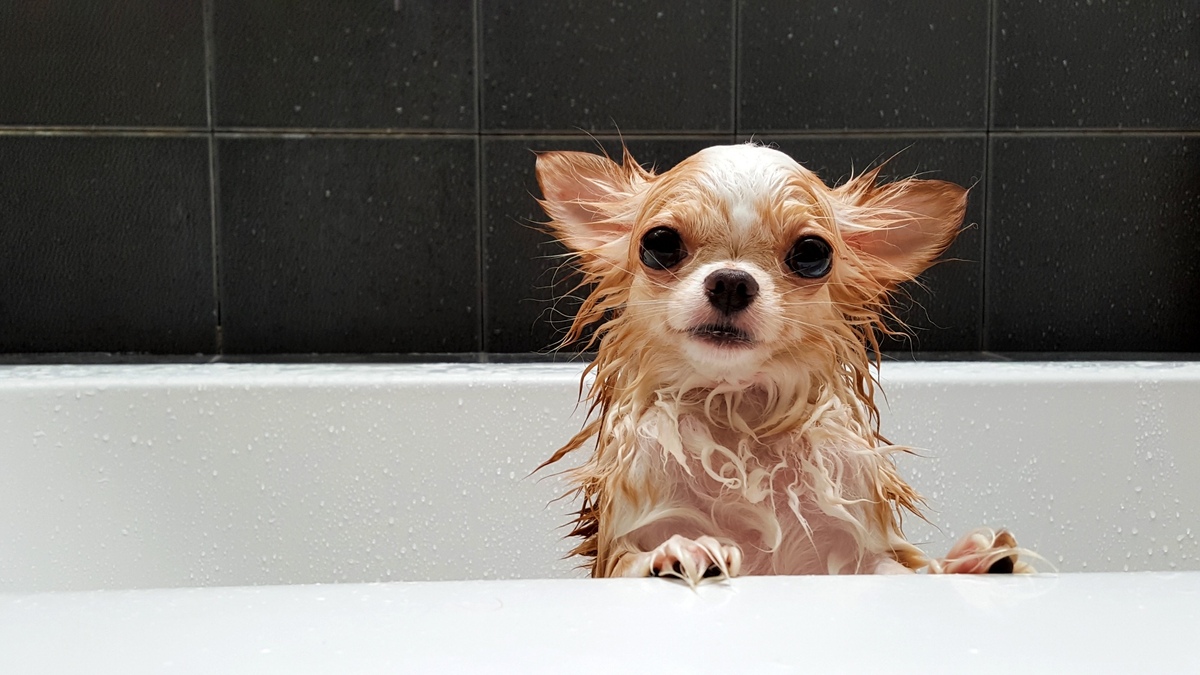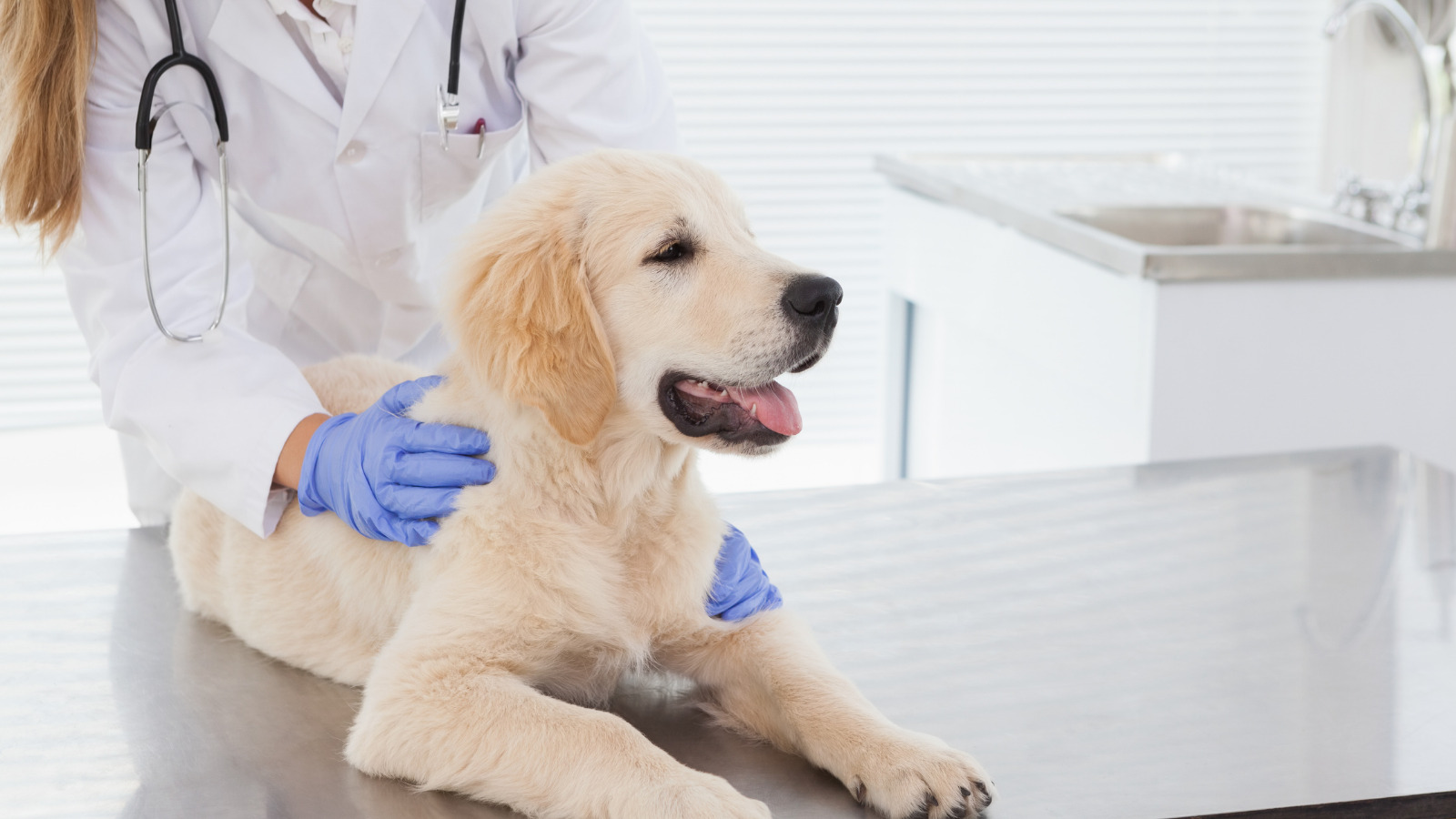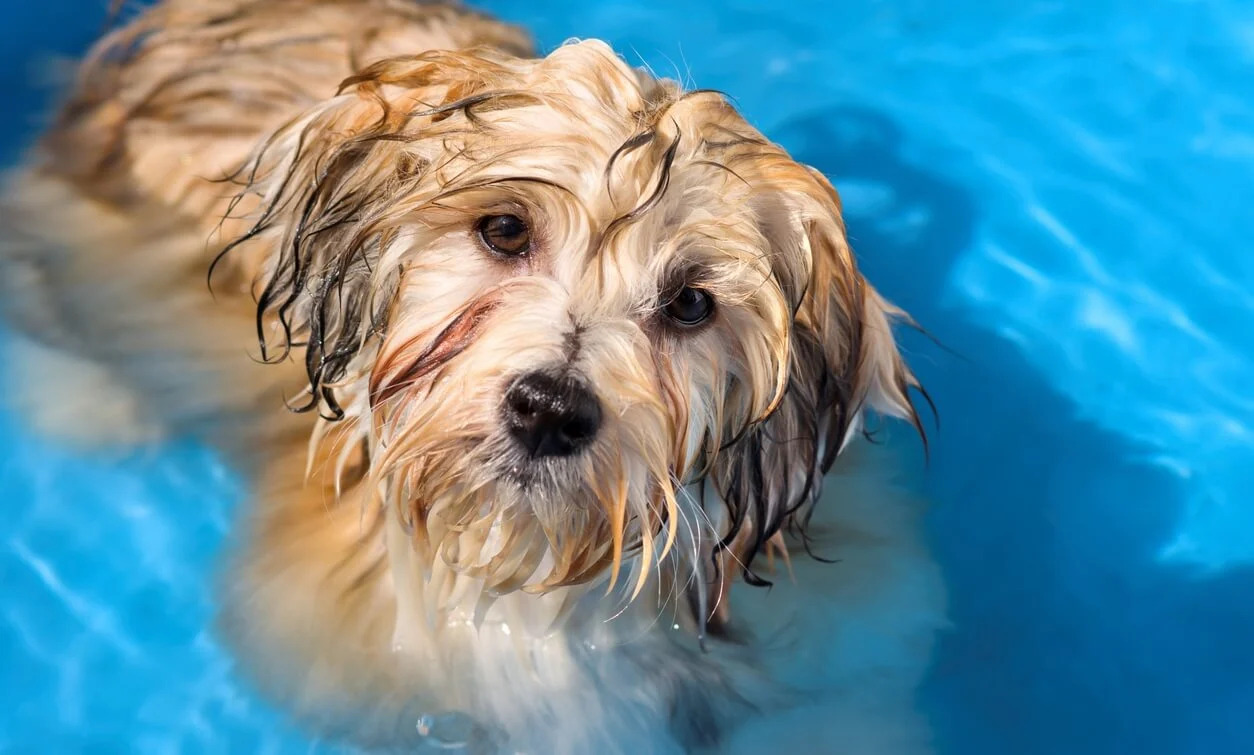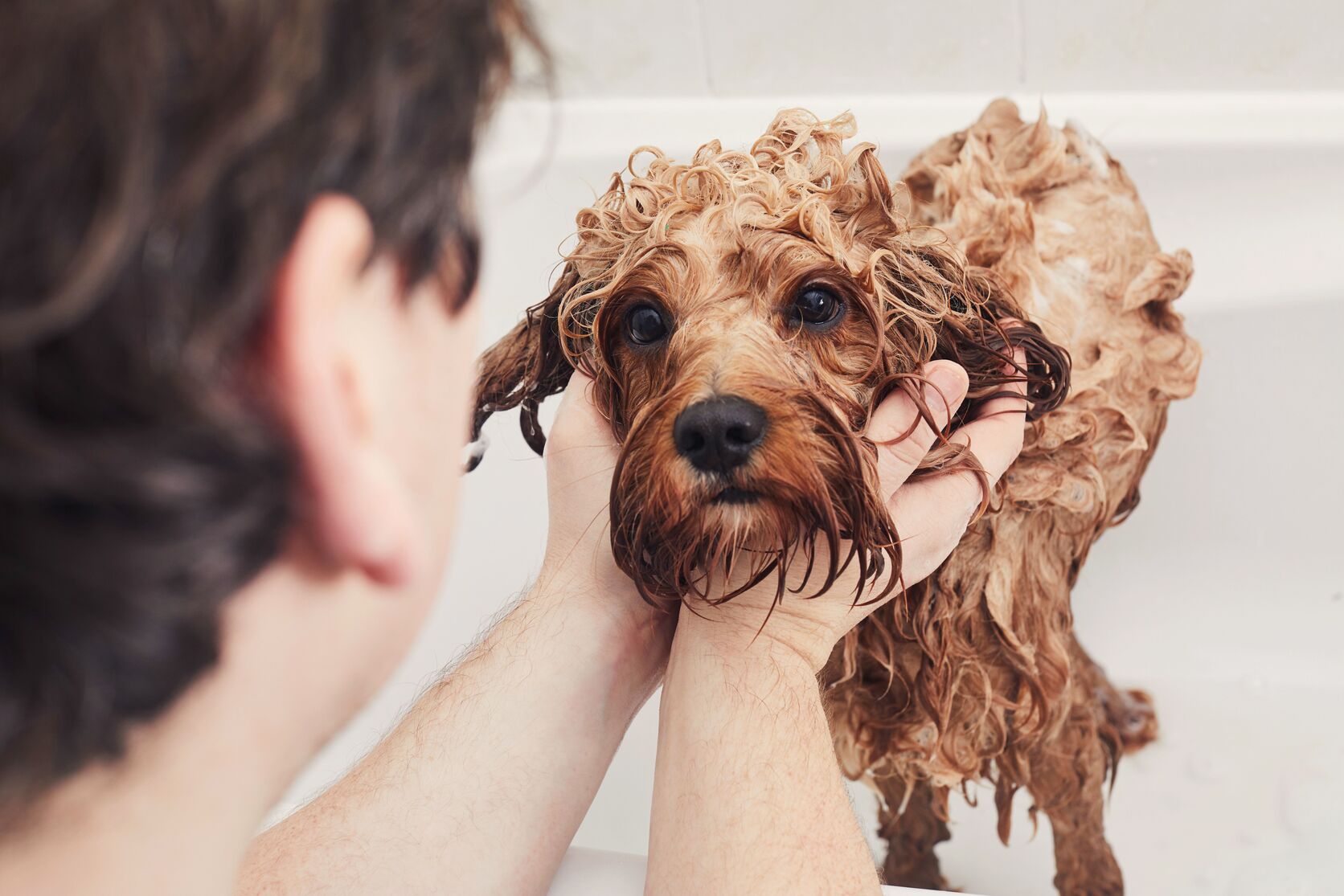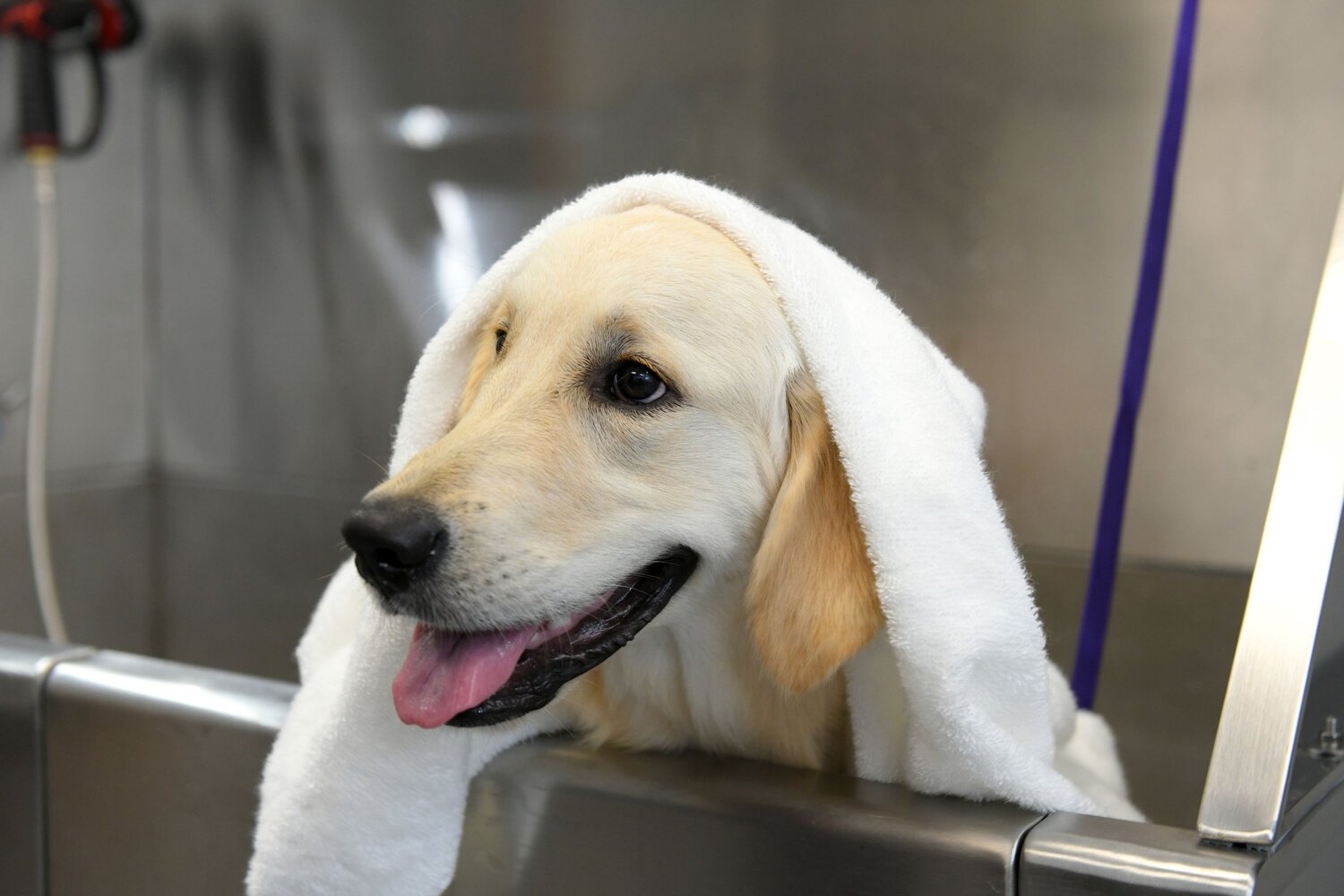Home>Health & Wellness>Common Health Issues>How To Kill Fleas On Dog’s Butt
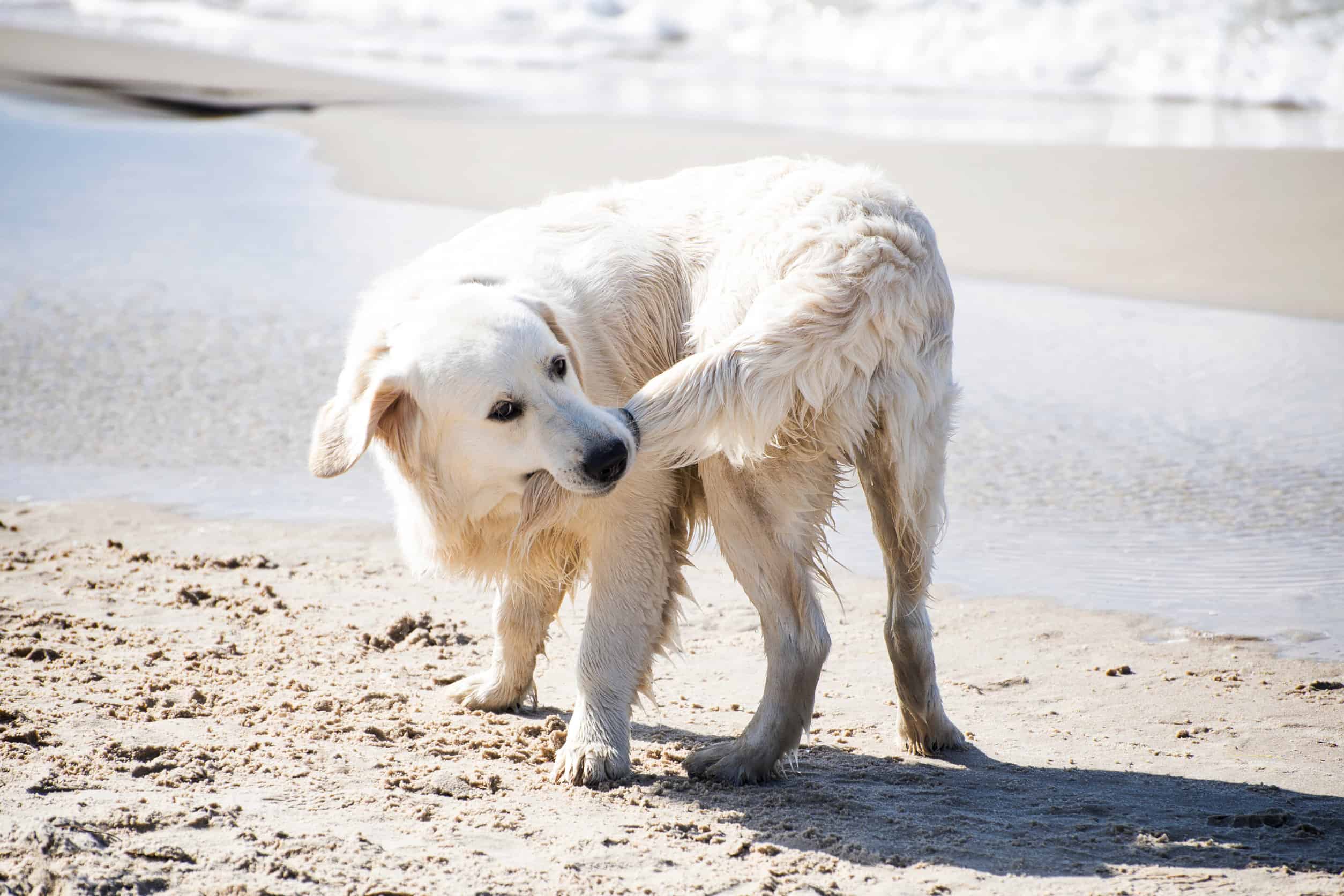

Common Health Issues
How To Kill Fleas On Dog’s Butt
Published: February 14, 2024
Learn effective ways to eliminate fleas on your dog's butt and prevent common health issues. Keep your furry friend healthy and happy with these tips.
(Many of the links in this article redirect to a specific reviewed product. Your purchase of these products through affiliate links helps to generate commission for Pawsomeoldies.com, at no extra cost. Learn more)
Table of Contents
Introduction
Dealing with fleas on your dog's butt can be a frustrating and uncomfortable experience for both you and your furry friend. These pesky parasites not only cause itching and discomfort but can also lead to more serious health issues if left untreated. As a responsible pet owner, it's crucial to address this issue promptly and effectively to ensure the well-being of your canine companion.
Fleas are tiny, wingless insects that survive by feeding on the blood of their hosts, including dogs. They are notorious for their rapid reproduction and resilience, making them a persistent nuisance for pet owners. While fleas can infest various parts of a dog's body, the butt area is particularly susceptible due to its warmth and moisture, providing an ideal environment for these pests to thrive.
In addition to causing discomfort and irritation, fleas can transmit diseases and trigger allergic reactions in dogs, leading to skin inflammation and hair loss. Furthermore, if ingested, fleas can also transmit tapeworms, adding another layer of concern for your pet's health.
Understanding the severity of a flea infestation on your dog's butt is crucial for taking appropriate action. By addressing this issue promptly and effectively, you can alleviate your dog's discomfort and prevent potential health complications. In the following sections, we will delve into the root causes of flea infestations, effective treatment methods, and preventive measures to ensure a flea-free and comfortable environment for your beloved canine companion.
Understanding the problem
Fleas on a dog's butt pose a significant concern for both the pet and its owner. These tiny, blood-sucking parasites can cause a range of issues, from mild irritation to more severe health complications. Understanding the problem begins with recognizing the impact of flea infestations on a dog's well-being.
When fleas infest a dog's butt, they can cause intense itching and discomfort. Dogs may exhibit signs of restlessness, excessive scratching, and even hair loss in the affected area. The constant itching can lead to skin irritation and inflammation, making the dog vulnerable to secondary bacterial infections. Additionally, some dogs may develop allergic reactions to flea saliva, exacerbating the discomfort and potentially leading to dermatitis.
Beyond the immediate physical effects, fleas can also transmit diseases to dogs. These diseases can range from mild to severe, with symptoms including fever, weakness, and anemia. In severe cases, flea-borne diseases can be life-threatening, especially for young or elderly dogs with weaker immune systems.
Furthermore, the presence of fleas on a dog's butt can impact its overall well-being and behavior. The constant discomfort and irritation can lead to changes in the dog's mood and activity levels. A once playful and energetic dog may become lethargic and withdrawn due to the persistent discomfort caused by flea infestations.
It's important to recognize that a flea infestation on a dog's butt is not just a minor inconvenience; it can significantly impact the dog's quality of life. As responsible pet owners, it's our duty to address this issue promptly and effectively to ensure the well-being and comfort of our furry companions. In the following sections, we will explore the root causes of flea infestations, effective treatment methods, and preventive measures to combat this persistent problem.
Identifying the source of the fleas
Identifying the source of the fleas is a crucial step in effectively addressing the infestation and preventing future occurrences. Fleas can infiltrate your dog's environment through various means, and understanding these entry points is essential for comprehensive flea control.
-
Outdoor Exposure: Dogs that spend time outdoors, whether in parks, gardens, or wooded areas, are susceptible to picking up fleas from the environment. Wild animals, such as squirrels, rabbits, or stray cats, can carry fleas and inadvertently transfer them to your dog during outdoor encounters.
-
Indoor Infestations: Fleas can hitch a ride into your home through various means, such as on clothing, shoes, or other pets. Once inside, they can quickly multiply and spread, leading to an indoor infestation. Carpets, upholstery, and bedding provide ideal breeding grounds for fleas, allowing them to thrive and pose a continuous threat to your dog's well-being.
-
Other Infested Animals: If you have multiple pets, particularly cats or dogs, a flea infestation on one animal can easily spread to others. Even if one pet shows visible signs of fleas, it's essential to treat all pets in the household to prevent the infestation from persisting or recurring.
-
Travel and Boarding: Dogs that travel or are boarded in kennels may come into contact with other animals carrying fleas. Additionally, shared spaces in boarding facilities can harbor flea eggs and larvae, increasing the risk of infestation.
Identifying the source of the fleas involves a thorough assessment of your dog's environment, including indoor and outdoor spaces, as well as the presence of other animals. By pinpointing the potential entry points and sources of infestation, you can develop a targeted approach to eradicating fleas and preventing their return.
In the next section, we will delve into effective treatment methods for addressing fleas on your dog's butt and ensuring their comfort and well-being.
Treating the dog's butt for fleas
When it comes to treating fleas on your dog's butt, a multi-faceted approach is essential to effectively eliminate the infestation and provide relief for your pet. Here are the key steps to consider:
-
Topical Flea Treatment: Utilize veterinarian-recommended topical flea treatments specifically designed for dogs. These treatments, available in the form of spot-on solutions or sprays, effectively target fleas on the dog's skin and provide lasting protection against re-infestation. It's crucial to follow the application instructions carefully and avoid overusing or combining multiple flea treatments without professional guidance.
-
Flea Shampoo: Bathing your dog with a high-quality flea shampoo can help eliminate adult fleas and soothe the irritated skin on the butt area. Look for shampoos containing safe and effective flea-killing ingredients, and ensure thorough coverage of the affected area during the bath. Regular use of flea shampoo can aid in breaking the flea life cycle and preventing future infestations.
-
Environmental Treatment: Addressing the flea infestation goes beyond treating the dog alone. It's essential to thoroughly clean and treat your home environment to eradicate fleas at all life stages. Vacuuming carpets, upholstery, and pet bedding, followed by the application of pet-safe flea control products, can significantly reduce the flea population in your home and prevent re-infestation.
-
Wash Bedding and Linens: Launder your dog's bedding, blankets, and any other fabric items that may harbor fleas. Washing these items in hot water and drying them at high temperatures can effectively kill fleas and their eggs, minimizing the risk of re-infestation.
-
Regular Grooming: Implement a regular grooming routine for your dog, including brushing and combing to remove adult fleas and their eggs. This not only helps in controlling the current infestation but also allows you to monitor your dog's skin for any signs of irritation or flea presence.
-
Consultation with a Veterinarian: If the flea infestation persists or if your dog exhibits signs of severe discomfort, consulting a veterinarian is crucial. They can provide personalized recommendations for flea treatment, assess any potential skin issues, and ensure that the chosen treatment methods are safe and suitable for your dog's specific health needs.
By combining these approaches, you can effectively treat your dog's butt for fleas and create a more comfortable and flea-free environment for your beloved pet. Remember, consistency and thoroughness are key to successfully addressing the infestation and preventing its recurrence.
Preventing future infestations
Preventing future flea infestations is essential for maintaining a healthy and comfortable environment for your dog. After addressing the current infestation, implementing proactive measures can significantly reduce the risk of fleas returning and ensure the well-being of your furry companion.
Here are effective strategies to prevent future flea infestations:
-
Regular Flea Prevention Products: Utilize veterinarian-recommended flea prevention products, such as spot-on treatments, oral medications, or flea collars. These products provide ongoing protection against fleas, disrupting their life cycle and preventing infestations. Consistency in administering these preventive measures is crucial for long-term effectiveness.
-
Environmental Maintenance: Maintain a clean and hygienic living environment for your dog. Regularly vacuum carpets, rugs, and upholstery, paying attention to areas where your dog spends time. Washing pet bedding and linens in hot water can help eliminate any remaining flea eggs or larvae. Additionally, consider using pet-safe flea control products in your home to further deter flea infestations.
-
Outdoor Vigilance: When spending time outdoors with your dog, particularly in grassy or wooded areas, be vigilant for potential flea exposure. Avoid areas known to harbor fleas, and consider using natural flea repellents or protective clothing for your dog, especially during peak flea seasons.
-
Comprehensive Pet Care: Ensure all pets in your household receive regular flea prevention treatments, regardless of whether they have previously experienced flea infestations. Treating all pets consistently reduces the risk of fleas spreading from one animal to another, effectively preventing infestations from taking hold.
-
Grooming and Inspection: Implement a routine grooming schedule for your dog, including regular inspection for signs of fleas or skin irritation. Thoroughly combing your dog's fur can help detect fleas at an early stage, allowing for prompt intervention before an infestation develops.
-
Professional Guidance: Consult with your veterinarian for personalized recommendations on flea prevention and control. They can provide insights into the most suitable preventive products for your dog's specific needs and offer guidance on maintaining a flea-free environment.
By incorporating these preventive measures into your dog's care routine, you can minimize the risk of future flea infestations and create a comfortable, flea-free environment for your beloved pet. Consistency, vigilance, and proactive management are key to safeguarding your dog's well-being and ensuring a happy, healthy life free from the discomfort of flea infestations.
Conclusion
In conclusion, addressing fleas on your dog's butt requires a comprehensive approach that encompasses understanding the problem, identifying the source of the infestation, effective treatment methods, and preventive measures. Fleas not only cause discomfort and irritation to your canine companion but can also lead to more serious health issues if left unchecked. By recognizing the impact of flea infestations and taking proactive steps, you can ensure the well-being and comfort of your beloved pet.
Understanding the severity of a flea infestation on your dog's butt is crucial for taking appropriate action. These tiny, blood-sucking parasites can lead to intense itching, skin irritation, and even allergic reactions in dogs. Additionally, fleas can transmit diseases and trigger secondary infections, impacting the dog's overall well-being and behavior. Recognizing the significance of this issue underscores the importance of prompt and effective intervention.
Identifying the source of the fleas is a key aspect of combating infestations and preventing their recurrence. Fleas can infiltrate your dog's environment through outdoor exposure, indoor infestations, contact with infested animals, and even travel or boarding experiences. By pinpointing these potential entry points, pet owners can develop targeted strategies to eradicate fleas and create a more comfortable living environment for their dogs.
When it comes to treating fleas on your dog's butt, a multi-faceted approach is essential. Utilizing topical flea treatments, flea shampoos, environmental treatments, and regular grooming can effectively eliminate fleas and provide relief for your pet. Additionally, consulting with a veterinarian ensures personalized recommendations and safe treatment methods tailored to your dog's specific health needs.
Preventing future flea infestations involves ongoing vigilance and proactive measures. Consistently using flea prevention products, maintaining a clean living environment, outdoor vigilance, comprehensive pet care, and routine grooming and inspection are crucial for minimizing the risk of infestations. By incorporating these preventive measures into your dog's care routine, pet owners can create a comfortable, flea-free environment for their beloved companions.
In essence, addressing fleas on your dog's butt goes beyond mere pest control; it's a fundamental aspect of responsible pet ownership. By understanding the severity of flea infestations, identifying their sources, implementing effective treatment methods, and embracing preventive measures, pet owners can ensure a happy, healthy life for their dogs, free from the discomfort and health risks posed by fleas.
